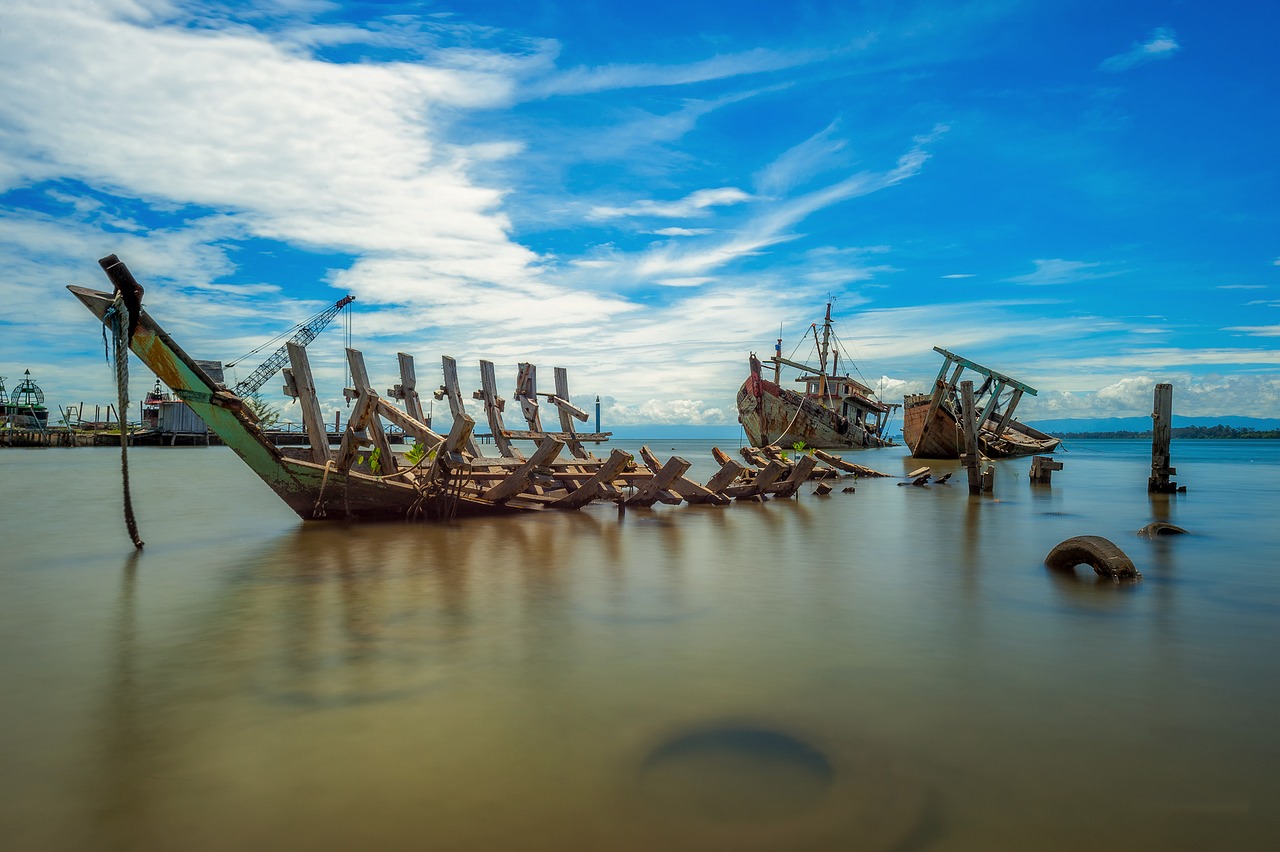‘Provisions being scarce and pale death drawing nigh, / They'd try to cast lots to see who should die’
The Justification of Shipwreck Cannibalism in Popular Balladry
DOI:
https://doi.org/10.31273/eirj.v7i2.459Keywords:
Ballads, Cannibalism, Shipwreck, Nineteenth Century, Anthropophagy, SailorsAbstract
Ballads actively shaped contemporary popular mentalities and through analysing ballads historians are presented with a world of propaganda and persuasion, aimed at a broad spectrum of society from literate to illiterate. Nineteenth-century ballads describing shipwrecks highlight the moral ambiguities present in extreme life-or-death situations. Many such ballads teach that survival cannibalism was rational, pragmatic, civilised and should be actively encouraged. This article demonstrates how ballads placed cannibalism into a chivalrous context, allowed sailors to vicariously experience the events thereby learning a prescribed ‘ritual’ to follow and made breaking the anthropophagic taboo socially acceptable, even virtuous.
In fictitious ballad narratives, cannibalism is a test of virtue as one person offers their body as sustenance to preserve a starving friend. It is not a horrific departure from civilised attitudes, but a heroic self-sacrifice. Ballads recounting real events of shipwreck cannibalism helped to promote the ‘civilised cannibalism’ ritual of drawing lots to select the victim, placing anthropophagy within a democratic, equitable process. Shipwreck cannibalism ballads offer a contrast to other European descriptions of cannibalism, as the sailor-cannibals are never presented with any of the traits associated with the imagined, non-European cannibal of colonial discourse.
Downloads

Downloads
Published
Issue
Section
License
Authors who publish with this journal agree to the following terms:
Authors retain copyright and grant the journal right of first publication with the work simultaneously licensed under a Creative Commons Attribution License (CC-BY), which permits use and redistribution of the work provided that the original author and source are credited, a link to the license is included, and an indication of changes which were made. Third-party users may not apply legal terms or technological measures to the published article which legally restrict others from doing anything the license permits.
If accepted for publication authors’ work will be made open access and distributed under a Creative Commons Attribution (CC-BY) license unless previously agreed with Exchanges’ Editor-in-Chief prior to submission.
Authors are able to enter into separate, additional contractual arrangements for the non-exclusive distribution of the journal's published version of the work (e.g., post it to an institutional repository or publish it in a book), with an acknowledgement of its initial publication in this journal.
Authors are permitted and encouraged to post their work online (e.g., in institutional repositories or on their website) prior to and during the submission process, as it can lead to productive exchanges, as well as earlier and greater citation of published work. (see: The Effect of Open Access)
